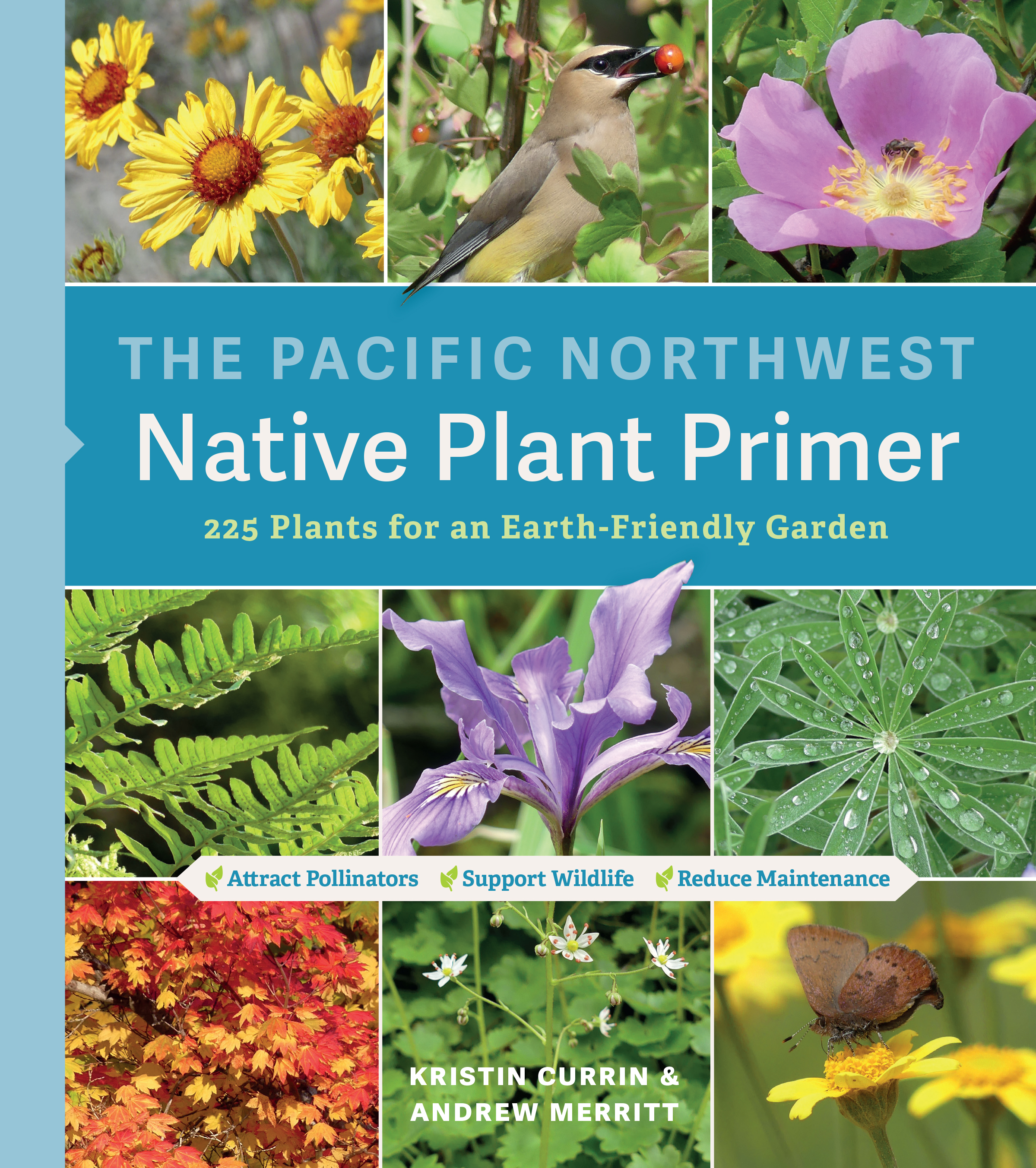
The Pacific Northwest Native Plant Primer is a gardening guide
with herbal encyclopedia covering a plethora of indigenous plant species
for gardeners in the Pacific Northwestern USA. Published 28th Feb 2023 by Timber Press, it's 264 pages and is available in paperback and
ebook formats. This is one of a series of sister volumes on different areas of the USA available from the publisher.
As we learn more about the interconnectedness of local biomes and the
desirability of supporting indigenous pollinators, plant, and animal
species, more gardeners are moving to reduce or eliminate potentially
invasive species and substitute with appropriate native species. This is a regional
guide aimed at the midwestern USA and includes a huge variety of
native plant species and their uses in the garden.
I liked the layout of the book which is very well organized and easy to
follow. The introduction provides a good overview of native plants, why
they're desirable for habitat and food for local species, how the
choice of these species for our gardens actually benefits us as
gardeners (less maintenance, suited to the climate and growing
conditions already, hardiness), and more.
The plant primer itself takes up the majority of the page content and is split
into plant types: wildflowers, grasses & grasslike plants, ferns, shrubs, and trees. Each of the primer entries
contains the botanical and some common names for the plant, habitat/soil
conditions and culture requirements, active growing seasons and other
special info, size, light requirements, a good description, and a clear
picture. There are 225 species contained here, enough to provide lots of
alternatives for almost any garden role.The end of the book contains
appendices which include a helpful plant chooser for specific garden roles, bibliography, good resources lists, and a cross-referenced index.
This is one of the better regional gardening guides which I've reviewed. Four and a half stars. It would make an excellent choice for school or public library acquisition, home garden, smallholder, gardening club, or community garden use. I really liked that the book's author/s distinguished between the very distinct sub-climates in the geographical area and gave specific recommendations for the lush, rainy western coastal areas, and the more arid inland areas.
Disclosure: I received an ARC at no cost from the author/publisher for review purposes.
No comments:
Post a Comment